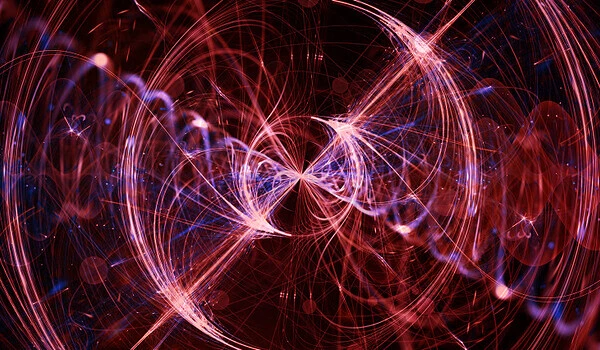Superconductors are materials that have no electrical resistance at all, and they typically require extremely low temperatures. They are used in a variety of applications, ranging from medical applications to playing a critical role in quantum computers. Cooper pairs, which are specially linked pairs of electrons, are responsible for superconductivity. Cooper pairs have previously been measured indirectly macroscopically in bulk, but a new technique developed by researchers at Aalto University and Oak Ridge National Laboratories in the United States can detect their occurrence with atomic precision.
Wonhee Ko and Petro Maksymovych conducted the experiments at Oak Ridge National Laboratory, with theoretical assistance from Professor Jose Lado of Aalto University. Electrons can quantum tunnel across energy barriers, jumping from one system to another through space in a way that classical physics cannot explain.
This technique establishes a critical new methodology for understanding the internal quantum structure of exotic superconductors known as unconventional superconductors, potentially allowing us to tackle a variety of open problems in quantum materials.
Professor Jose Lado
For example, if an electron pairs with another electron near the interface of a metal and a superconductor, it may form a Cooper pair that enters the superconductor while also “kicking back” another type of particle into the metal, a process known as Andreev reflection. To find Cooper pairs, the researchers looked for Andreev reflections.
To accomplish this, they measured the electrical current flowing between an atomically sharp metallic tip and a superconductor, as well as how the current varied with the distance between the tip and the superconductor. They were able to detect the amount of Andreev reflection returning to the superconductor while maintaining imaging resolution comparable to individual atoms as a result of this. The experiment’s results were identical to Lado’s theoretical model.
This atomic-scale detection of Cooper pairs opens up an entirely new avenue for understanding quantum materials. Researchers can now determine how the wave functions of Cooper pairs are reconstructed at the atomic scale and how they interact with atomic-scale impurities and other obstacles for the first time.

‘This technique establishes a critical new methodology for understanding the internal quantum structure of exotic superconductors known as unconventional superconductors, potentially allowing us to tackle a variety of open problems in quantum materials,’ says Lado. Unconventional superconductors have the potential to be a fundamental building block for quantum computers, as well as a platform for achieving superconductivity at room temperature. Cooper pairs have unusual internal structures in unconventional superconductors that have been difficult to understand thus far.
This discovery enables direct probing of the state of Cooper pairs in unconventional superconductors, establishing a critical new technique for a whole family of quantum materials. It represents a significant advancement in our understanding of quantum materials and contributes to the work of developing quantum technologies.
Unconventional superconductors are a potential fundamental building block for quantum computer systems and will provide a platform for understanding superconductivity at room temperature. Cooper pairs have distinct inside constructions in unconventional superconductors, which have been difficult to understand thus far. This discovery enables direct probing of the state of Cooper pairs in unconventional superconductors, establishing a critical new method for a whole family of quantum materials. It represents a significant advance in our understanding of quantum supplies and contributes to the work of developing quantum applied sciences.





